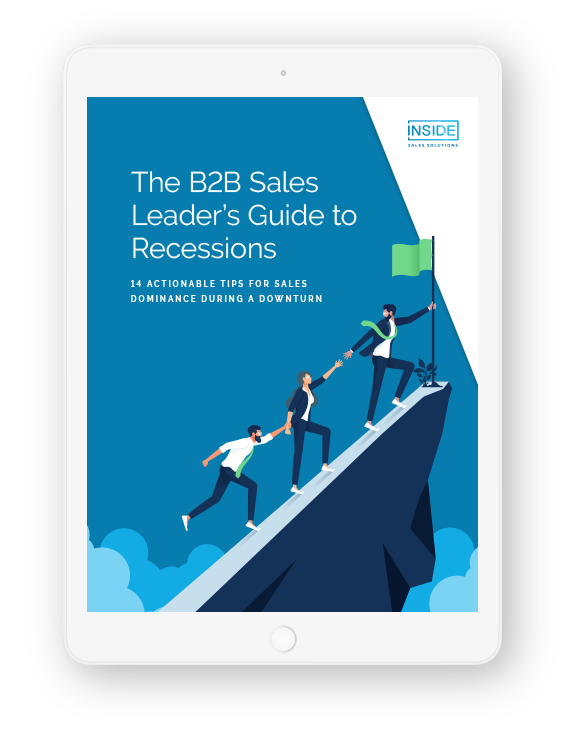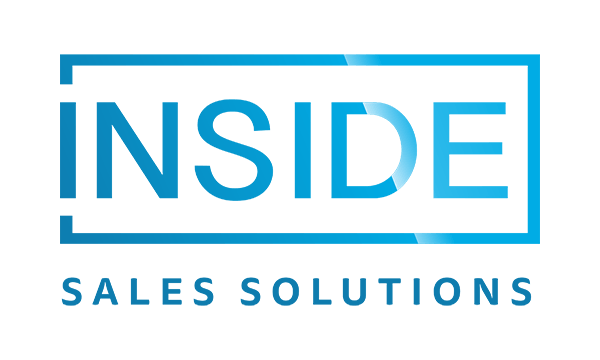In a perfect world, you’d have a loyal group of customers at exactly the size you desire who would continue doing business with your company forever. But we all know the world is far from perfect. And much like life itself, B2B sales demands consistent growth and a sustainable future. It can be achieved through B2B new business development.
By identifying, nurturing, and acquiring new clients that drive long-term growth and revenue, B2B business development is all about creating lasting relationships with customers. And it’s a key element of the sales cycle, generating opportunities on a more targeted scale.
What’s the Difference Between Marketing and B2B Business Development?
While marketing and B2B business development do go hand-in-hand, there are some key differences:
- B2B new business development zeros in on decision makers. Business development targets specific decision makers, which allows for more meaningful conversations. If marketing is a net, think of business development as a harpoon.
- B2B new business development goes a step further. Marketing-qualified leads (MQLs) produced through marketing can be delved into a little deeper through business development. You can probe the problems your customers face, gather information about competitors they’re considering, then use that knowledge to convert.
- B2B new business development creates more opportunities and closed-win deals. Effective business development turns leads into opportunities and nurtures them into closed-won deals. Sometimes, results may not come to fruition until months into the fiscal year, but the impact on company growth and overall sustainability is massive.
Creating a B2B Business Development Strategy
Business development isn’t so much about generating leads quickly as it is playing the long game.
Especially for B2B tech companies and SaaS startups, it’s important to begin your B2B business development with the basics.
Know your competition.
Start by analyzing your competition. Ask: “who is solving (or attempting to solve) the same problem we are?” Once you identify your key competitors, develop an analysis and identify the things that set you apart. How is your product or service better at addressing the pain points of your ideal customer?
B2B new business development should target ideal clients for your highest-priority services, using brand promises that you can deliver upon.
Create buyer personas.
Make sure your ideal customers are clearly identified so you can better understand their needs, challenges, pain points, and buying triggers. Armed with this knowledge, you’ll be able to create specific messaging that speaks directly to your new business prospects.
While persona building usually falls on the marketing team, it’s critical that sales is involved. Ultimately, it’s their experience and deep customer knowledge will inform the talk tracks and scripts that best resonate with each persona.
Build a library of sales enablement assets.
Create sales enablement pieces (case studies, white papers, how-to guides) that position your company as a thought leader while providing value to prospects. Consider working one-on-one with your marketing team to create these resources and train your sales team on how to work these pieces into conversations. With a bank of usable content, your business development campaigns can be much more deliberate in nurturing prospects through the pipeline.
Plan Your B2B Business Development Outreach Strategy
With the basics in place, it’s time to think about how and where you’ll find new business opportunities. Before you start implementing your business strategy, though, take a beat and write up your measures of success. What are the key metrics and benchmarks that will drive performance?
- Determine a prospecting and follow-up approach. When developing new business, it’s best to create a deliberate outreach and follow-up cadence of prospecting, social selling, emails, and phone calls. Use the intel you’ve gathered on your prospects and the assets you’ve created to help them to determine the best approach for your company, based on where your ideal customers are and what they’re looking for.
- Use referrals. Your current loyal customers are your best success stories. It’s much easier to generate new business when prospects see proven ways you’ve helped those with similar challenges. Tap into your current customer base to see if they’re willing to refer you to others, and be sure to use their stories and testimonials in your sales enablement pieces.
- Don’t be afraid to network. As the old saying goes, it’s not what you know, it’s who you know. Business networking could be a key component of your sales outreach strategy. Meet customers where they are (conferences, webinars, social media) and begin building relationships with them.
Consider Outsourcing Your Business Development
Working with an experienced partner that specializes in new business development will free up your own sales team to focus on becoming the subject matter experts and fostering the relationship, while an outsourced company focuses on finding the new business to develop.
Inside Sales Solutions (ISS), for instance, has access to resources — like an extensive database and lead generation tools and a team of experts able to reach out to prospects at rates that would be impossible for internal sales teams. By outsourcing the business development aspects of your sales cycle, you’ll achieve faster growth as your team zeros in on turning SQLs into paying customers.
Considering Outsourced Sales Development?
Take a peak at how B2B sales teams can overcome economic uncertainty.


